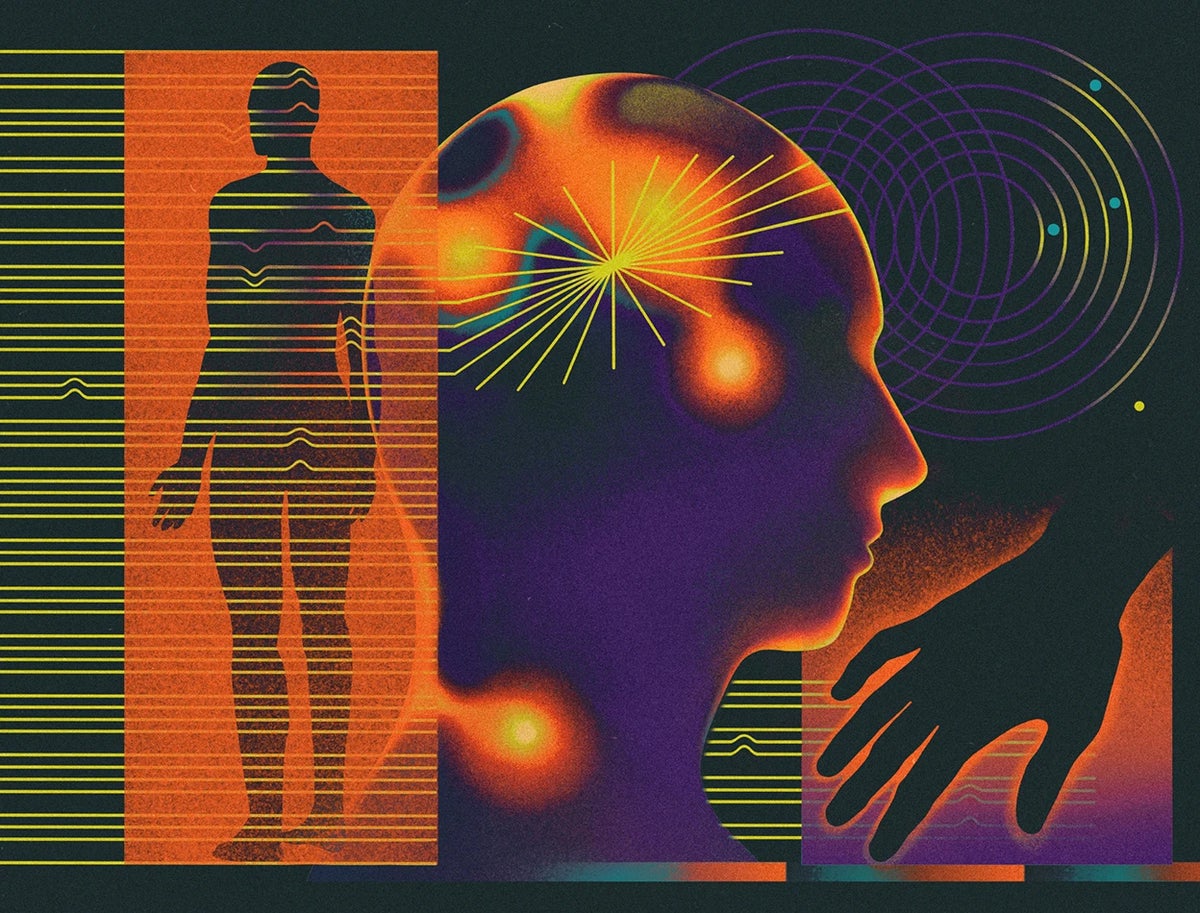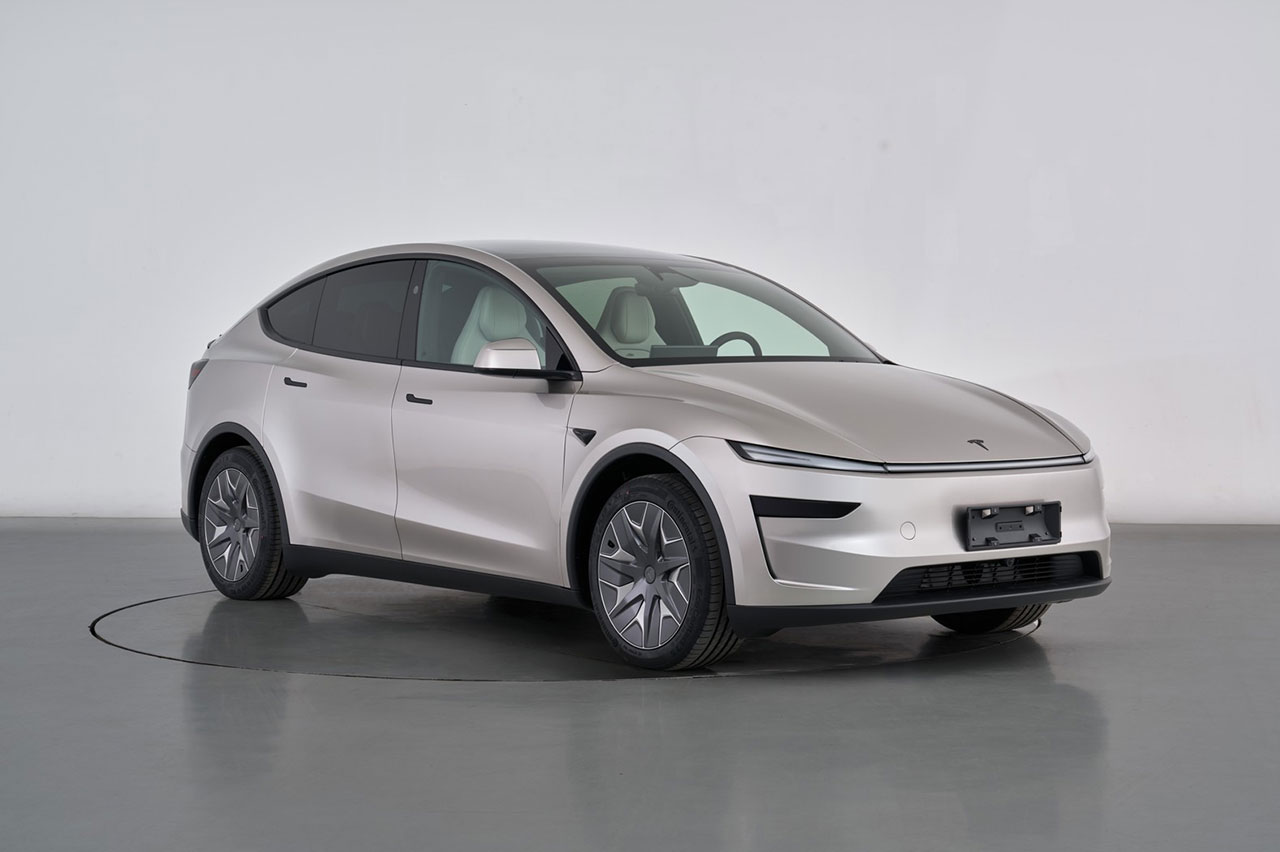Now Reading: New Parkinson’s Implant Uses Brain Waves to Ease Symptoms
-
01
New Parkinson’s Implant Uses Brain Waves to Ease Symptoms
New Parkinson’s Implant Uses Brain Waves to Ease Symptoms

Quick Summary:
- Background: Keith Krehbiel, living with Parkinson’s for 25 years, volunteered as the first participant in a clinical trial for adaptive deep-brain stimulation (aDBS) technology.
- Technology Details: Adaptive DBS reads brain waves and adjusts electrical pulses to treat abnormal brain activity linked to Parkinson’s symptoms, enhancing traditional DBS functionality. This approach minimizes side effects like speech impairments seen with continuous DBS.
- Clinical Trials & Approval: The ADAPT-PD trial involving 68 participants showed promising results, leading to regulatory approval in the US and europe earlier this year. Of those given an option post-trial, 44 out of 45 chose to stay on aDBS.
- Potential Benefits: aDBS reduces motor disturbances more effectively than continuous DBS and lowers drug reliance. It may improve sleep quality-a key issue in Parkinson’s progression-and possibly protect brain health if implemented earlier.
- Future Applications: Researchers aim to expand aDBS uses for other conditions like dystonia, OCD, Tourette syndrome, and treatment-resistant depression by mapping associated oscillopathies.
- Challenges Ahead: Advanced devices pose challenges for clinician programming efforts while funding pressures threaten future large-scale studies needed for continued innovation.
Indian Opinion Analysis:
Adaptive deep-brain stimulation represents important progress in neurological care that could address widespread health challenges faced by individuals with Parkinson’s disease and other related disorders. For India-the world’s most populous nation with traditionally limited access to cutting-edge neurotherapeutics-this technology opens possibilities but underscores stark realities.The rapidly aging population in India makes managing degenerative conditions such as Parkinson’s crucial; yet high costs (with trials averaging over $1 million per participant) point towards affordability barriers that could limit widespread adoption domestically without strong public-health initiatives or subsidized care models.Additionally, India’s health infrastructure would need substantial investments that support advanced devices’ setup/training requirements-especially where neurologists already face staffing shortages.Beyond medical implications lies potential research collaboration opportunities between Indian institutes and global counterparts like Medtronic or Stanford university-aligning India’s capacity-building viz., AI-medicine integration ambitions into both technological adoption/development phases vitalizing possible economic spillovers!























